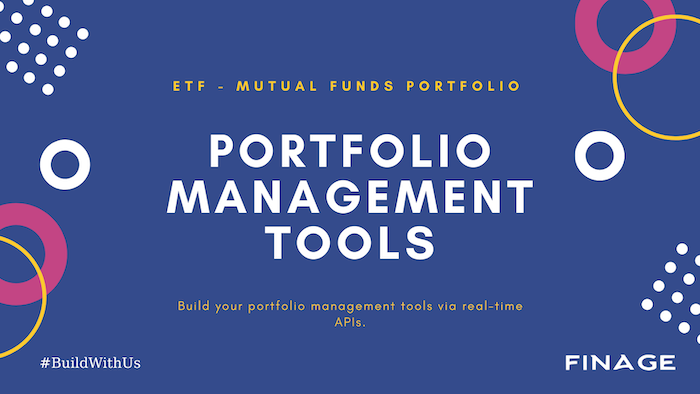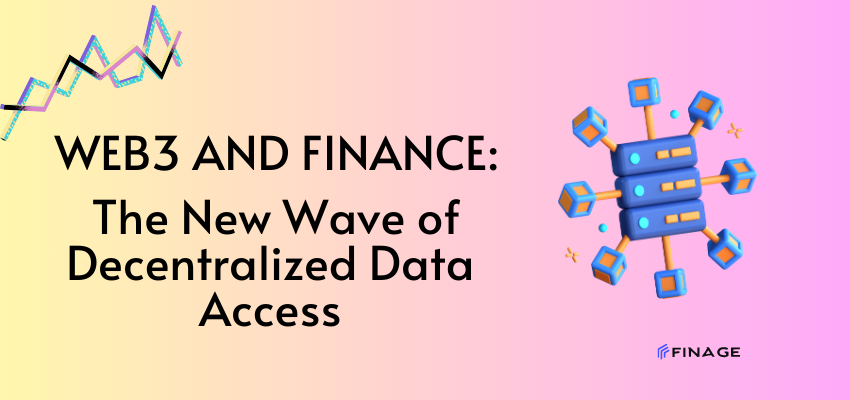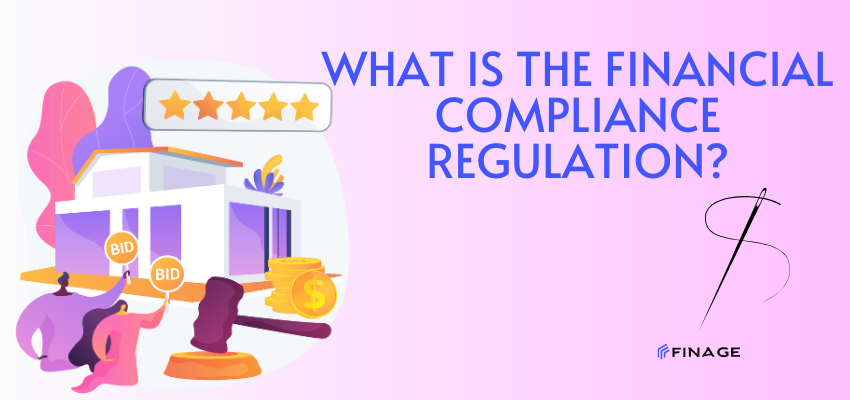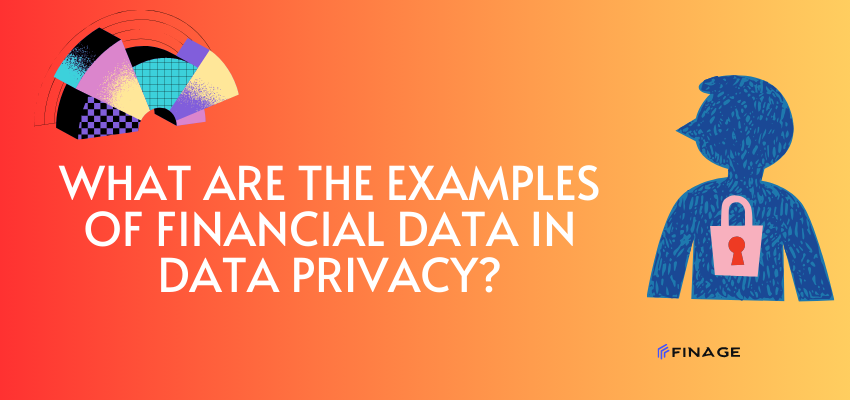Back to Blog
by Finage at May 15, 2021 • 5 MIN READ
ETFs

Building an ETF Portfolio Management Tool
The financial world has hosted many innovations along with the technological developments. With every innovation, new products that can be used in the field of finance have emerged. These products have made it easier for both corporate finance giants and individual investors.
One of these technological advances is APIs. APIs are actively used in many areas such as forex, stock market and crypto assets.
Finage is one of the data providers that offers the most detailed services on APIs. This is because, in addition to cryptocurrency and forex APIs, real-time, delayed, end-of-day and historical pricing data for exchange traded funds (ETFs), mutual funds, closed end funds, separate accounts / collective investment trusts, variable annuity It also provides detailed services in areas such as underlying funds, and hedge funds. In addition to Finage's features mentioned in previous articles ETF quotes APIs feature last price, volume and stock quote (bid / ask) data, intraday tick data, volume and time weighted average prices (VWAP, TWAP) and other market statistics including open, high, low, close, and volume data for active equities, depository receipts and ETFs.
Interest in exchange traded funds has been increasing since the early 2000s. As a result of this interest, many exchange traded funds have been created and people have benefited from these funds offering diversity. However, this time, a problem arose, such as selecting the successful funds among the 5000s. The purpose of this article is to help you understand the fundamentals of the ETF portfolio and build an ETF portfolio. You can check anohter article about ETFs posted on Finage.
Key Takeaways
- ETFs offer a wide range of stocks, enabling you to invest in different industries.
- Because ETFs usually represent an index of an asset class or subclass, they can be used to create efficient, passively indexed portfolios.
- While ETFs offer higher liquidity and transparency than some mutual funds, they can be relatively cheap.
- The right ETF mix may be the best portfolio to achieve long-term goals.
Benefits of an ETF Portfolio
ETFs and mutual funds are very similar, but there are two main differences between them. The first difference is that ETFs can be freely bought and sold, while the market has to be closed to execute mutual fund transactions. The second is that ETFs have lower expense rates than mutual funds. Because ETFs are managed more passively than mutual funds.
There is a saying that investors in financial markets often hear or use: Do not put all the eggs in the same basket! ETFs provide the diversity investors desire and help them distribute risk. For this reason, it is very attractive to investors.
Another benefit of ETFs is that they provide portfolios in asset classes such as currencies, real estate, and commodities.
ETFs Selection
There are several points to consider when creating an ETF portfolio.
When choosing an ETF, the structure of the ETF should be carefully examined first. It would be a big mistake to choose only by being fooled by the ETF name. For example, when purchasing an ETF for water, the roof structure of the holdings should be examined and it should be well understood in which areas they serve the water industry, such as infrastructure, water services, etc.
Previous period performances of ETFs can be used as an indicator, although it is not always valid. Attention should be paid to the expense ratio of ETFs.
The number of assets under management, daily average volume, buying and selling margin etc.
Steps for Building an ETF Portfolio
Some simple guidelines for building an ETFs are given below:
- Right Allocation of Assets
In order to determine the appropriate portfolio, you must know and accurately determine your goals, earnings and risk expectations, investment period, distribution needs, tax conditions and asset distributions. Otherwise, it would be best to work with a financial advisor.
Then it would be good to review data on market returns. The three-factor model that emerged in the reports published by some of the leading research companies showed us:
Risk and return in the market are directly proportional to each other. Stocks have higher rates of return because they are more risky assets than bonds, and value shares have higher rates of return because they are more risky than growth shares. This is also true for high-risk, small-volume stocks and large-volume stocks. In short, investors with a high risk appetite can turn to high-risk investment instruments, provided that they manage the risk.
One of the biggest mistakes of investors in the market is trying to timing the market. Research has repeatedly proved that this does not make sense.
- Strategy Implemention
ETFs are preferred because they give the opportunity to choose the sector to invest in. However, in order to distribute the risk when buying and selling ETFs, it is beneficial to spread out all purchases over time instead of making them all at once. For purchases, 3 to 6 months of decline can be followed. In addition, using the stop loss order is very important to minimize losses.
- Monitor and Assess
It will not be the right method to leave the portfolios on their own after creating them. It would be very useful to review the portfolio at least once a year. For this, New Year's or end-of-year tax periods may be preferred. In addition, market fluctuations should be constantly taken into account. Overbought or oversold will make you vulnerable to market fluctuations. Depending on the ups and downs in the market, you can balance the portfolio rate in 3 or 6-month periods. While doing all these, you should not compromise your investment strategies. Instead of momentary changes, you should make decisions based on whether the conditions in the market have changed and you should have a long-term perspective.
All-ETF Portfolio
If your plan is to have a portfolio of only ETFs, make sure that multiple asset classes are included to create diversification.
- Industry ETFs may be an example. Investing in unrelated sectors such as finance and aviation will help to distribute risk.
- Keeping ETFs from developing and developed markets together is also one of the ways to distribute risk.
- Commodity ETFs can be another ETF portfolio. Everything from gold to cotton and corn can be found in ETF portfolios, providing diversification for investors.
While considering the diversification methods listed above, choices should be based on basic and technical indicators.
Conclusion
To sum up, people with financial literacy are looking for new ways to convert their returns from their jobs or investments into income. However, while doing this, it is not always possible for everyone to find the right investment tools or stocks. For this reason, they need to find new ways to distribute the risk and be able to invest in multiple vehicles at the same time. One of the best ways to achieve this is through ETFs. By distributing risks, both time-saving investors and investors with a long-term perspective can create ETF portfolios and manage their assets. However, it should be kept in mind that, as with all investment instruments, ETFs also have risks.
In this article, we hope to inform you about ETFs, and we hope it has been useful.
Featured Posts

Web3 and Finance: The New Wave of Decentralized Data Access
October 28, 2024

Building a Resilient Portfolio with AI and Financial Data
October 27, 2024

What is Financial Compliance Regulation?
October 26, 2024

What are the Examples of Financial Data in Data Privacy?
October 25, 2024

What is Market Microstructure and Trading Theory?
October 24, 2024
Tags
ETF mutual funds
ETFs portfolio management tools
portfolio management API source
finage ETFs market data APIs
realtime ETFs data
Join Us
You can test all data feeds today!
Start Free Trial

If you need more information about data feeds, feel free to ask our team.
Request Consultation
Back to Blog
Please note that all data provided under Finage and on this website...